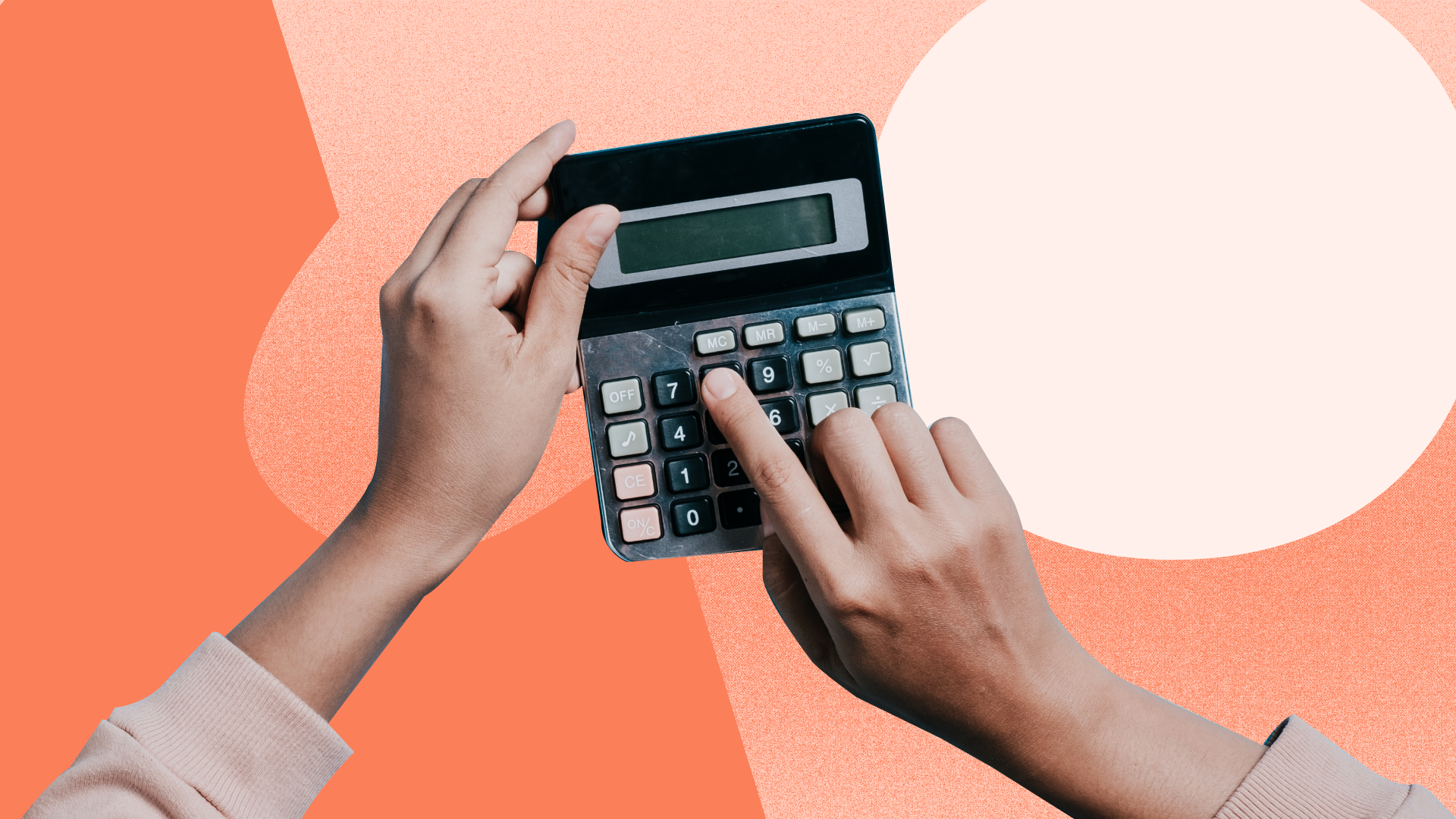Let’s be completely honest about it: taxes are really complicated. If you’re an employee, they’re relatively benign because they’re automatically taken out of your paycheck before you even see it. But if you’re a freelancer or you’re running your own business, dealing with taxes is not so black and white.
One of these more opaque areas is quarterly taxes. When you’re an employee, the government gets paid every time you get paid. However, the same is not true for money earned by a company or freelancer, there is no money being withheld from your income. That leaves the government without its cut and instead of waiting until the end of the year, the government would rather get their payments every quarter.
Unlike in employee income taxes where they know exactly how much they owe, a freelancer or a company will pay taxes based on a system of estimated taxes. This means the freelancer or company calculates how much taxes they think they’ll owe for that quarter and they make a payment.
This is not equivalent to filing taxes. Taxes will be filed at the end of the year when you have full information about how much you made. You then will either receive a refund or a bill, depending on whether you underpaid or overpaid in these estimated quarterly payments.
In this two part series, we’ll be explaining quarterly taxes for both freelancers and with companies. We’ll kick things off with freelancers this week, and follow up on Monday with quarterly filings for companies.
Do I Have To File Quarterly Taxes?
For starters, it’s important to know that not all freelancers have to file quarterly taxes. With that in mind, the first step is to determine what bucket you fall under. The three questions below will help you determine if you need to pay quarterly taxes:
1. Did you have no tax liability for the full 12-month previous year?
This is basically asking if you paid any taxes the year before. If you were in the United States and your total tax was zero or you did not have to file an income tax return, you are exempt from filing quarterly taxes the following year. You’ll have to start paying quarterly taxes in the year after next.
a. I did not have any tax liability the year before ---> Hurray, no quarterly taxes for you.
b. I did pay taxes last year :( ---> Keep reading, you might still get out..
2. Do you anticipate owing $1,000 or more in taxes this year, after taking any income tax withholdings and credits into consideration?
The question is essentially asking you if you think all the work you’ll do this year will result in more than $1K in taxes. This is very hard to determine upfront, but you can try to figure this out using your income from the year before.
As a freelancer, you’ll be paying at least 15.3%, which is the self-employment tax. This is your contribution to Social Security and medicare. Then there’s your income tax. If you’re making more than $15K/year freelancing, you will probably need to pay quarterly taxes.
a. No, I will not owe more than $1,000 in taxes this year ----> Awesome, no quarterly taxes for you!
b. Yes, I think I’ll owe more than $1,000 in taxes this year ---> Continue to question 3.
3. Do you anticipate your income tax withholding and credits to be at least 90% of all the tax you’ll owe?
What does this mean? This is asking if you think at least 90% of the taxes you’ll owe will be covered by income tax withholding. If the answer is yes, then no need to file quarterly taxes. This is especially applicable to someone who has a full-time job which covers the majority of their earnings, but they also have some freelance income on the side.
For example, I’m a freelancer, but I also have a full time job. One of the big ways that I could avoid paying quarterly taxes is to increase the amount that is taken out of my full time taxes. If I make it so that my full time income is taxed very high, I’ll likely owe less than that $1,000 and then I won’t have to pay quarterly taxes.
a. Yes: Awesome, no quarterly taxes for you!
b. No: Sorry, you need to go to question #3
4. Do you anticipate your income tax withholding and credits to be 100% of the amount of tax shown on last year’s return?
What does this mean? This is similar to the question above. Except instead of asking whether your withholdings will cover 90% of this year’s taxes, its asking whether it covers 100% of last year’s returns. If it does, then again, you don’t need to file quarterly taxes.
a. Yes: Awesome, no quarterly taxes for you!
b. No: sorry, you need to pay quarterly tax.
How Much Should I Pay in Estimated Taxes?
So you have to pay quarterly taxes? That’s fine. Add these four dates to your calendar and you’ll be sure to never miss a deadline:
April 15: For any revenue collected from January 1-March 31
June 15: For any revenue collected from April 1-May 31
September 15: For any revenue collected from June 1-August 31
January 15 (following year): For any revenue collected from September 1-December 31
So long as the government has received payment by those four days, you’ll be good to go. The best way to determine how much you’re going to have to owe is to use the Estimate Tax Worksheet provided by the IRS. You’ll take the process step by step and by the end, you’ll know exactly how much to send.
Why File Estimated Taxes
When you read about quarterly taxes, there’s a probably a desire to just skip them altogether. Estimating how much taxes you’ll need to pay is hard, so why not just wait until the end of the year and pay the correct amount?
Because there is a penalty for doing that. That’s right, if you underestimate how much you owe in your quarterlys or you skip them altogether, you may incur interest penalties. Similar to what a credit card company might do, the IRS will ask you to pay an interest in the money that you did not pay them sooner and unfortunately that interest is often higher than what you would get by leaving the money in your bank account.
Quarterly taxes can be hard, especially if it’s your first year filing. If you’re still confused, give us a shout here on the blog or check out the IRS’s site on Self-Employed Taxes - it’s actually pretty helpful.
Check out our newsletter
Monthly tips on running a business in your inbox.
Check out our newsletter

Learn more with Justworks’ Resources
Scale your business and build your team — no matter which way it grows. Access the tools, perks, and resources to help you stay compliant and grow in all 50 states.






